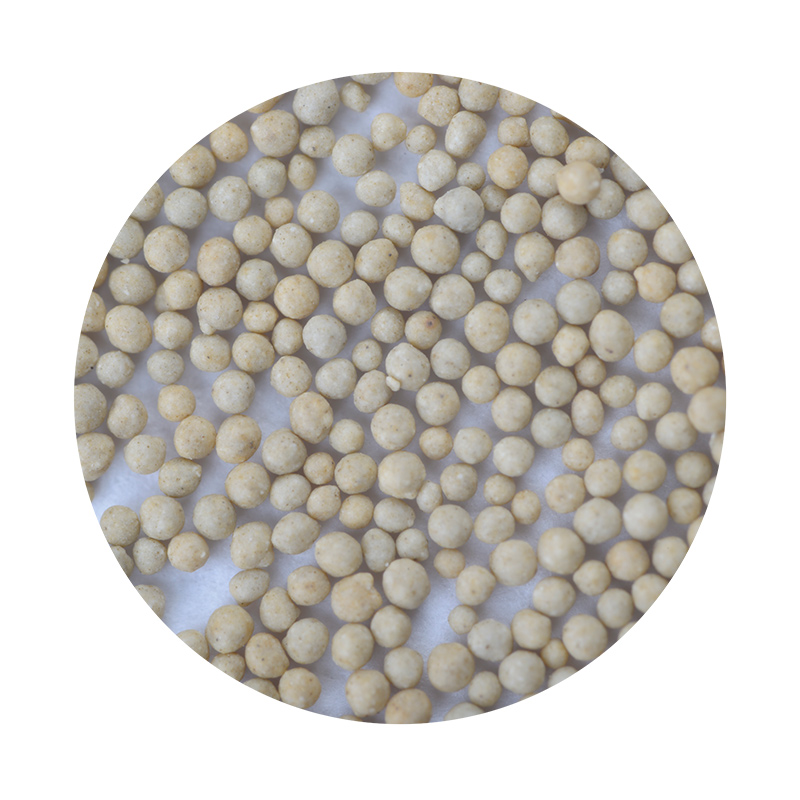Should You Sand 3D Prints? Exploring the Pros and Cons
3D printing has revolutionized the way we create and prototype objects, allowing for incredible design flexibility and rapid production. However, while 3D prints can achieve intricate details and complex geometries, the surface finish often leaves much to be desired. This leads many makers to consider whether sanding their 3D prints is worth the effort. In this article, we explore the pros and cons of sanding 3D prints to help you make an informed decision.
The Pros of Sanding 3D Prints
1. Improved Surface Finish One of the primary reasons for sanding is to achieve a smoother surface finish. Many 3D printed items, especially those created using Fused Deposition Modeling (FDM), exhibit layer lines that can detract from the overall aesthetics. Sanding can help eliminate these lines and create a more polished look, making the print more visually appealing.
2. Better Paint Adhesion If you plan to paint your 3D prints, sanding can create a more textured surface that helps paint adhere better. A smooth surface may cause paint to chip or peel off, but a sanded surface offers more grip for the paint, leading to a more durable finish.
3. Enhanced Detail Visibility Sanding can highlight fine details and intricate designs on your print by removing the excess material that obscures them. This is particularly useful for figurines or detailed models where intricate features are essential.
4. Customization Flexibility Sanding allows for modifications before finalizing your project. If you want to fit a part into a larger assembly, light sanding can carefully reduce dimensions and help achieve a better fit.
The Cons of Sanding 3D Prints
should you sand 3d prints

1. Risk of Over-Sanding One of the main challenges of sanding is the risk of removing too much material. This could weaken the print or alter its intended dimensions. If you’re not careful, you might end up damaging details that you wanted to keep intact.
2. Time-Consuming Sanding can be a tedious and time-consuming process, especially for larger prints or those with intricate designs. It often requires multiple grit levels of sandpaper to achieve a satisfactory finish, which can be frustrating for those looking for quick results.
3. Dust Production Sanding creates fine particulate dust, which can pose health risks if inhaled. Furthermore, the dust can settle on surrounding surfaces, making cleanup a necessary but undesirable part of the sanding process.
4. Compromised Strength In some cases, particularly with lower-quality filaments or if excessive material is removed, sanding can compromise the structural integrity of 3D prints. It's crucial to strike a balance between aesthetics and strength when deciding to sand a print.
Conclusion
So, should you sand your 3D prints? Ultimately, the decision falls on your specific project requirements and expectations. If aesthetics and surface quality are paramount to the success of your print, and you are willing to invest the time and effort, sanding is likely a beneficial step. However, if functionality and rapid prototyping are your primary concerns, you may opt to forgo sanding and focus on other finishing techniques.
In summary, while sanding 3D prints can result in a more polished appearance and better paint adherence, it is not without its challenges. Weighing the pros and cons can help you determine the best approach for your individual 3D printing projects. Whatever you decide, the beauty of 3D printing lies in its versatility, allowing you to choose how best to finish your creations.
Post time:Aug . 12, 2024 08:42
Next:Exploring the Techniques and Applications of Industrial Sand Casting in Modern Manufacturing Processes
